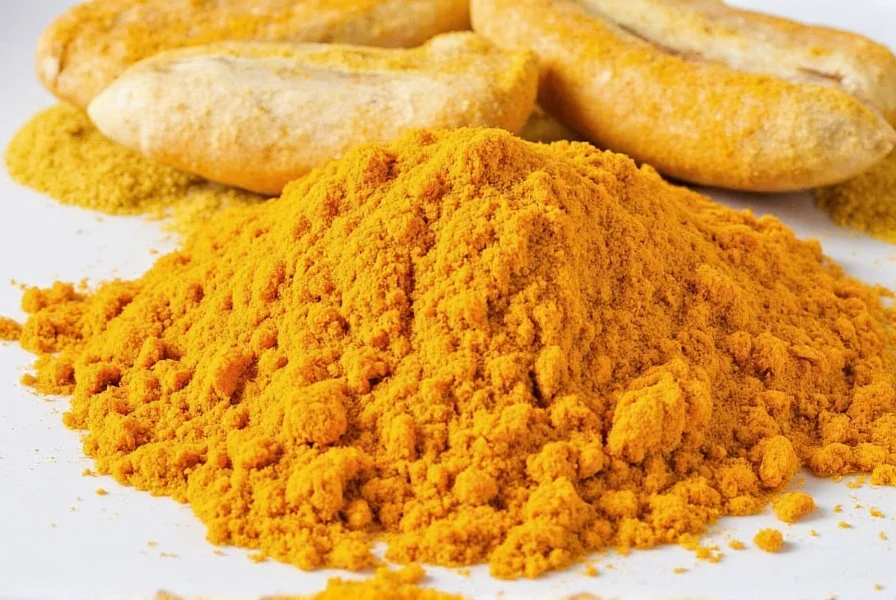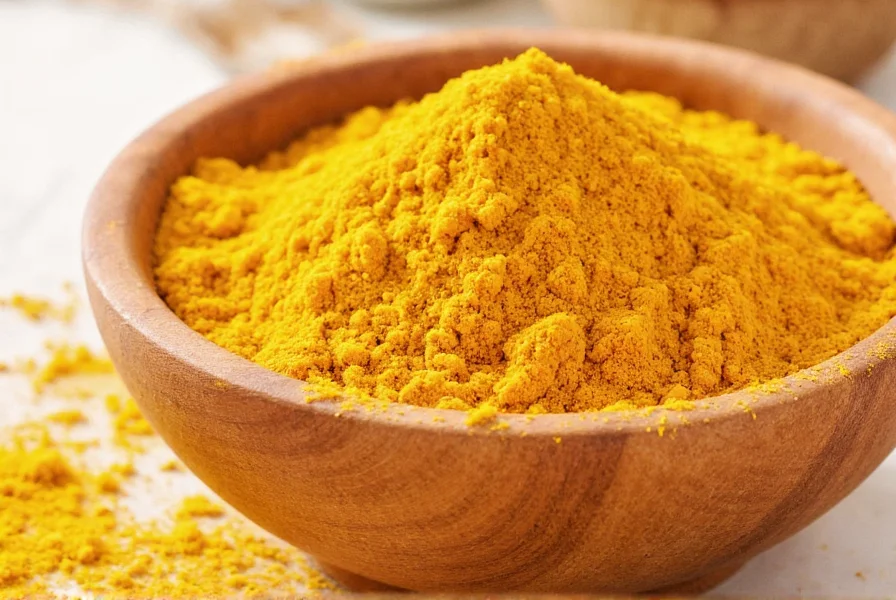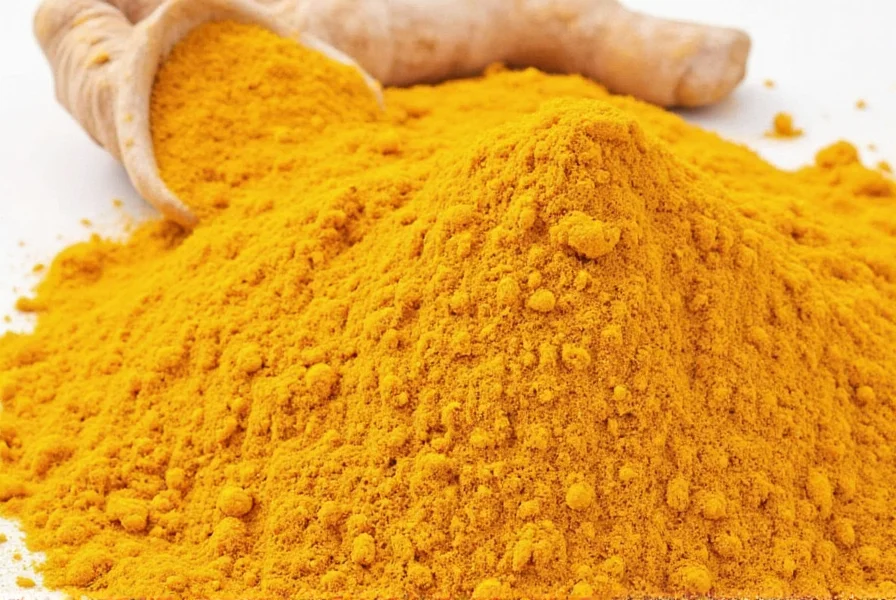Running out of turmeric mid-recipe can be frustrating, but several effective substitutes exist depending on whether you need to replicate its vibrant color, earthy flavor, or health properties. Understanding the different reasons for substitution helps you choose the right alternative for your specific culinary or wellness application.
Why You Might Need a Turmeric Substitute
Turmeric, known as the "golden spice," serves multiple purposes in cooking and wellness routines. You might need a substitute because:
- You've run out while cooking
- Seeking alternatives due to taste preferences
- Addressing availability issues in certain regions
- Managing potential interactions with medications
- Creating dishes for people with turmeric allergies
Key Factors in Choosing the Right Substitute
Not all turmeric alternatives work equally well for every application. Consider these three critical factors when selecting a substitute:
| Factor | Primary Purpose | Best Substitutes |
|---|---|---|
| Color replacement | Golden hue for visual appeal | Saffron, annatto, paprika |
| Flavor profile | Earthy, slightly bitter taste | Curry powder, ginger |
| Health properties | Anti-inflammatory benefits | Ginger, specialized curcumin supplements |
Top 6 Turmeric Substitutes Compared
1. Curry Powder (Best for Flavor in Curries)
Curry powder contains turmeric along with other spices, making it an excellent substitute when you need both flavor and some color. This works particularly well for turmeric substitute in curry recipes.
How to use: Replace 1 teaspoon turmeric with 1–2 teaspoons curry powder. Adjust other spices in your recipe accordingly since curry powder contains multiple ingredients.
2. Ginger (Best for Health Benefits)
Fresh or ground ginger shares some anti-inflammatory properties with turmeric and offers a complementary flavor profile. It's one of the most effective turmeric substitutes with similar health benefits.
How to use: Substitute 1 teaspoon turmeric with 2 teaspoons fresh ginger (grated) or 1–2 teaspoons ground ginger. Note that ginger has a stronger, spicier flavor.

3. Saffron (Best for Color)
Saffron provides the vibrant yellow color of turmeric without the earthy flavor. This expensive spice works well when appearance matters most, such as in turmeric substitute for golden milk where color is important but flavor can be adjusted.
How to use: Replace 1 teaspoon turmeric with 15–20 saffron threads steeped in warm liquid. Saffron has a distinct floral flavor that differs from turmeric.
4. Paprika (Best Budget Color Alternative)
While paprika provides red-orange rather than yellow color, it can work in some applications where visual appearance isn't critical. This is a practical affordable turmeric substitute for cooking when color isn't the primary concern.
How to use: Substitute 1 teaspoon turmeric with 1–1.5 teaspoons paprika. Use smoked paprika for deeper flavor or sweet paprika for milder taste.
5. Mustard Powder (Best for Savory Dishes)
Mustard powder shares some earthy notes with turmeric and works well in marinades, dressings, and spice rubs. It's an effective substitute for turmeric in salad dressings and other liquid-based applications.
How to use: Replace 1 teaspoon turmeric with 1.5 teaspoons mustard powder. Add gradually as mustard can become overpowering.
6. Annatto (Best Natural Colorant)
Annatto seeds or paste provide a similar golden color to turmeric with minimal flavor impact. This is ideal when you need turmeric replacement for color without altering the flavor profile significantly.
How to use: Substitute 1 teaspoon turmeric with 1–2 teaspoons annatto paste or 1 teaspoon annatto seeds steeped in oil.
Specialized Substitution Guidelines
For Golden Milk Recipes
When making golden milk, the primary goal is usually health benefits plus color. For this specific application:
- Best option: Ginger combined with a pinch of saffron
- Alternative: A specialized curcumin supplement dissolved in warm milk
- Avoid: Curry powder (alters flavor profile too much)
For Curry Dishes
When you need a turmeric substitute for curry, curry powder remains the top choice, but consider these adjustments:
- Reduce other spices in your recipe since curry powder contains multiple ingredients
- Add a pinch of saffron if you need more yellow color
- Include extra ginger for enhanced health benefits
What NOT to Use as Turmeric Substitutes
Some commonly suggested alternatives don't work well:
- Cumin alone – Provides earthiness but no yellow color
- Chili powder – Adds heat but changes color to red
- Plain yellow food coloring – Provides color but no flavor or health benefits
Maximizing Your Turmeric Substitute
To get the most from your turmeric alternative:
- Always add fat (oil, coconut milk) to help absorb active compounds
- Include black pepper when possible to enhance bioavailability
- Adjust quantities gradually—taste as you go
- Consider combining substitutes for best results (e.g., ginger for health benefits plus saffron for color)












 浙公网安备
33010002000092号
浙公网安备
33010002000092号 浙B2-20120091-4
浙B2-20120091-4